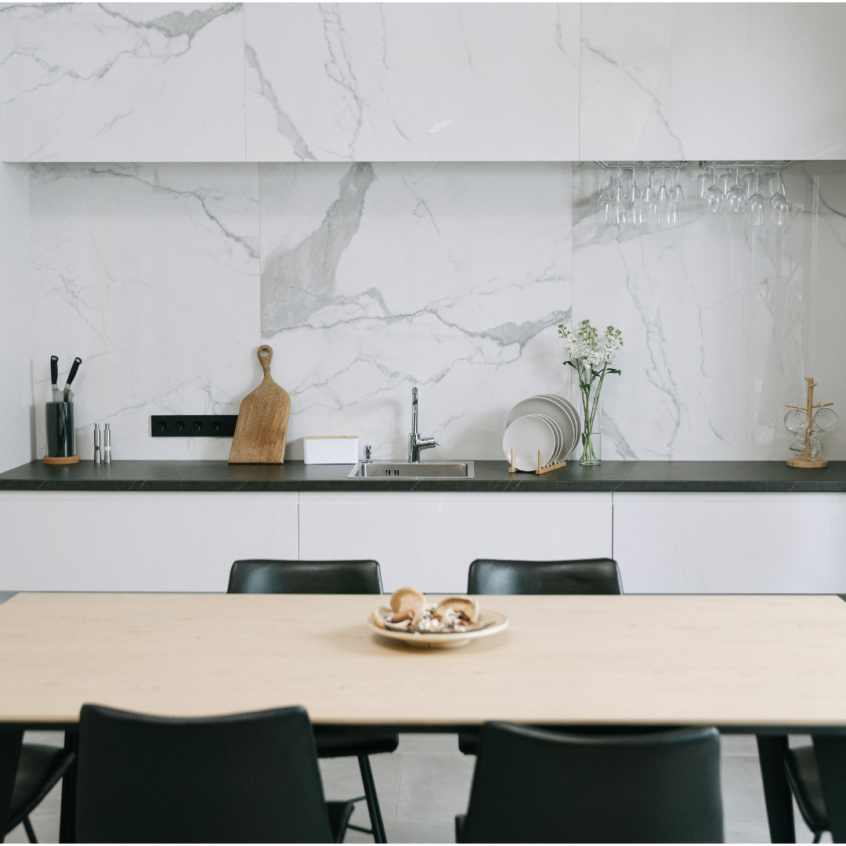As our athletes compete at the Tokyo Olympics, Japan is taking center stage as the host. In that spirit, I wanted to explore Japandi today. In the past we have taken a look at Hygge (pronounced HOO-gah), a Scandinavian lifestyle. You can read about it here and here. The Scandinavian style to interior design is definitely minimalist combined with soft hues and different textures. Well, Japandi is simply a blend of Japanese and Scandinavian design. Some designers believe the two styles together are better than one. People must agree as it’s gaining popularity in the US this year. So let’s better define Japandi home design and then dive into three elements that make it unique: color, natural materials, and plants.
What is Japandi Style?
Amanda Scott writes in the article, “Meet Japandi Style: A Modern Look with Ancient Roots,” “Japandi style is one of the most versatile blends of decor styles. It’s simple design puts an emphasis on functional spaces that offer comfort along with respect for the beauty of imperfection.” She uses words like simple, functional, warm, and inviting to describe the feel of Japandi. The use of richer colors separate Japandi from Scandinavian styles. Japandi also depends heavily on natural materials and clean lines.
Colors
Japandi starts with neutral colors as its base. Soft greys, beiges, and whites command the spaces in your home. Then incorporate colors like reds, indigos, blacks, and even teal. All the colors come directly from nature, which is key to the Japandi style. Yet proponents of this interior design style are not afraid of the contrast. The richer colors are used to anchor the room, bring in pops of color, and inject variety and interest to the neutral spaces.
Natural Materials
Most Japandi homes lay the groundwork with either light or dark hardwood floors. Use other natural materials like marble, bamboo, and slate for countertops, window treatments, backsplashes. Lighting fixtures reminiscent of paper lanterns can also be used to not only use natural materials, but to inject recognizable Japanese items into your design.
Plants
What better way to bring nature indoors than with plants? They literally bring life into a space while filtering the air. Japandi style uses plants instead of flowers to add another layer of color, texture, and a natural element to a room. A large potted rubber tree plant to a small ivy on an end table add depth. Don’t go overboard. With Japandi, less is more. You still want clean lines, functionality, and minimalism.
In summation, Japandi is trending in 2021. If you appreciate Hygge, but want to inject more contrast and color, then Japandi might be exactly what you have looking for. To see beautiful examples of Japandi, check out this article. You never know when you might be completely inspired. Who knows? It might be Japandi, home design from across the Pacific.

